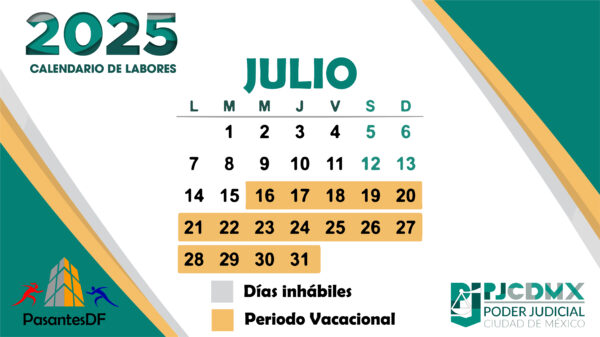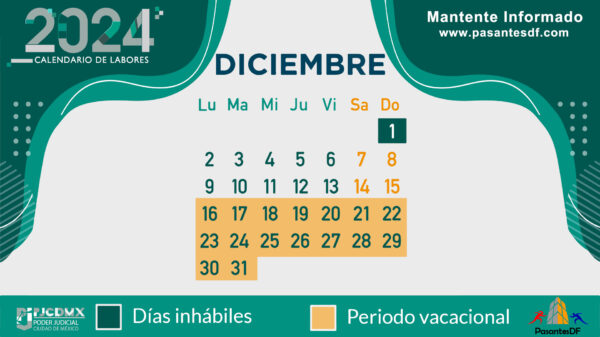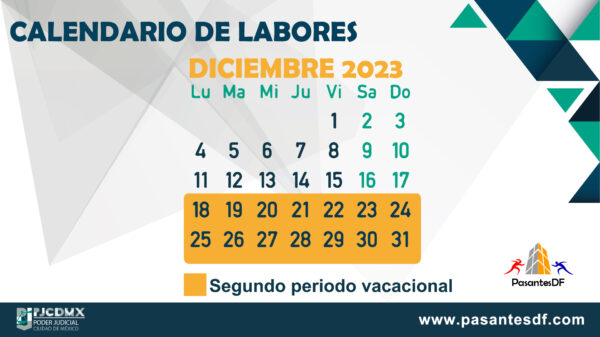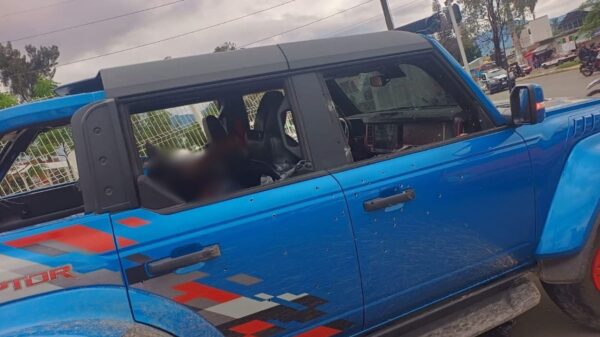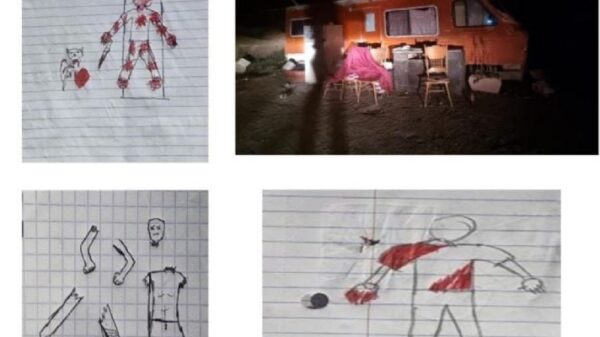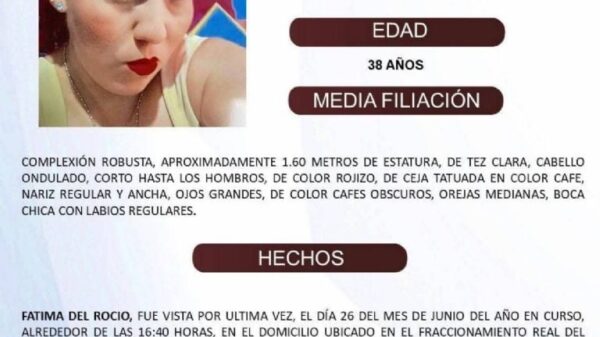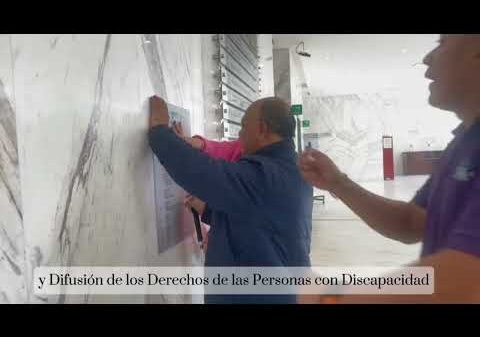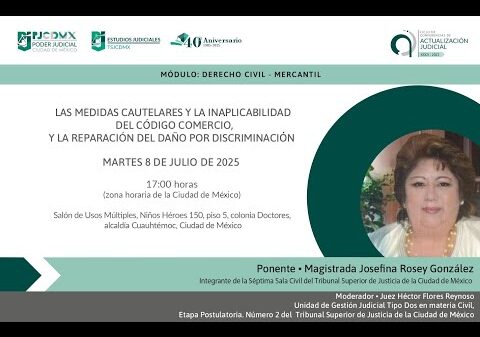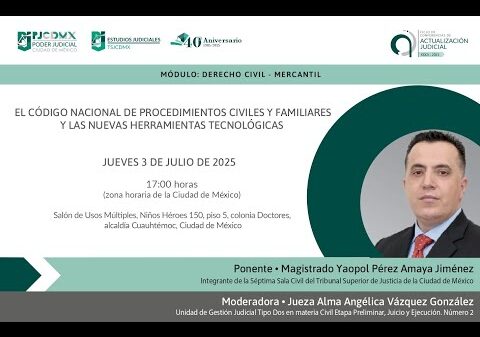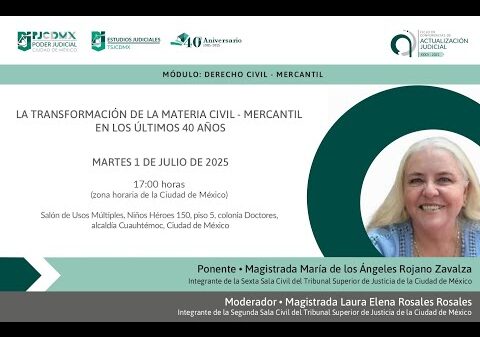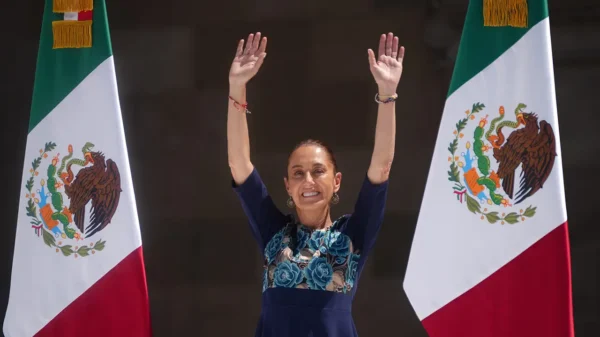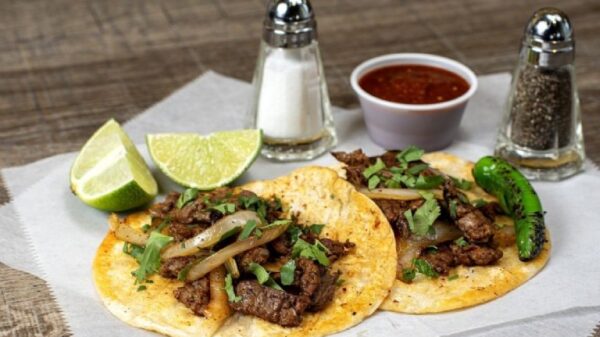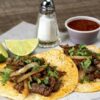Contenido
Migración
Ascendencia mexicana en California datada hace unos 5 mil 200 años
El hallazgo, fruto de un nuevo estudio genético, cuestiona la idea de que las lenguas uto-aztecas, que incluyen el náhuatl azteca y tolteca, así como los hopi y shoshoni, se extendieron hacia el norte por inmigrantes prehistóricos procedentes del actual México.
MADRID (EUROPA PRESS) -Cazadores-recolectores que habitaban en el actual México emigraron a California hace más de 5 mil años, propagando así lenguas desde el sur a dicha región casi mil años antes de lo que se pensaba.
El hallazgo, fruto de un nuevo estudio genético, cuestiona la idea de que las lenguas uto-aztecas, que incluyen el náhuatl azteca y tolteca, así como los hopi y shoshoni, se extendieron hacia el norte por inmigrantes prehistóricos procedentes del actual México junto con tecnologías de cultivo de maíz.
"La datación y la ubicación de este material genético que llega a California es realmente importante para comprender la migración uto-azteca", dijo Live Science el autor principal del estudio, Nathan Nakatsuka, genetista de poblaciones y becario postdoctoral en el New York Genome Center.
"No lo hemos descubierto del todo, pero sí proporcionamos evidencia de una migración sustancial de personas que llegaban a California en este momento", dijo.
La investigación, publicada en la revista Nature, se llevó a cabo cuando Nakatsuka era estudiante en la Facultad de Medicina de Harvard. Junto a sus colegas estudió ADN antiguo extraído de dientes y huesos de 79 pueblos antiguos encontrados en sitios arqueológicos del centro y sur de California. Estos restos datan de hace entre 7 mil 400 y 200 años.
También extrajeron ADN antiguo de los restos de 40 personas de sitios del noroeste y centro norte de México, que databan de hace entre 2 mil 900 y 500 años.
Al comparar los genomas antiguos, los investigadores encontraron evidencia de una mayor migración desde el norte de México hacia el sur y el centro de California hace unos 5 mil 200 años.
El momento de esta migración refuta la idea existente de que la expansión del cultivo de maíz desde hace unos 4 mil 300 años condujo a la expansión de las lenguas uto-aztecas, ya que los agricultores migrantes prosperaron más que los cazadores-recolectores que vivieron allí antes que ellos. Pero el nuevo estudio indica que tales lenguas pueden haber sido difundidas por una migración de cazadores-recolectores que ocurrió casi mil años antes.
Nakatsuka reconoció la posibilidad de que la posterior expansión del cultivo de maíz en California pudiera haber sido el resultado de una migración anterior, cuando a la primera ola de inmigrantes se unieron personas relacionadas que cultivaban maíz en ese momento.
"Pero al menos vemos que la gente viene a California antes que el cultivo del maíz", dijo.
Comentarios
Otras Noticias
Cortesía de Proceso.

Dejanos un comentario:




